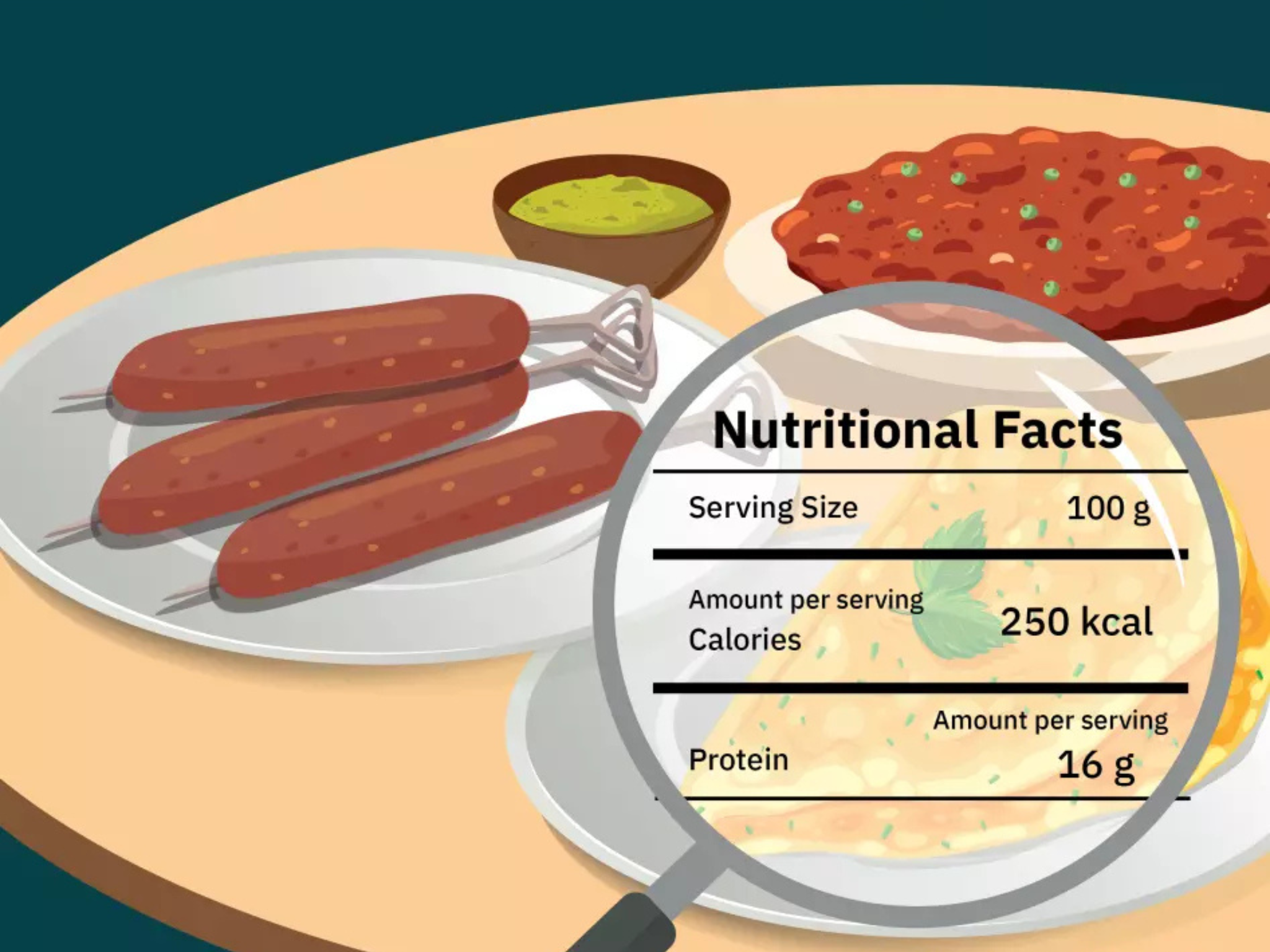Indian Plant-Based Meat Products Are Nutritionally On Par With Animal Proteins – And Sometimes Even Better
4 Mins Read
Plant-based meat and egg alternatives in India meet the government’s standards for ‘high-protein’ products, a new analysis has shown.
In a country where food attitudes are driven as much by health as they are by religion, and four in five citizens are protein-deficient, a new analysis is aiming to reinforce the potential of plant-based meat and eggs to meet India’s consumption needs.
Comparing over 100 meat and egg alternatives with their animal-sourced equivalents, researchers found that most vegan products have an equivalent or higher amount of protein. And those that combine two or more sources of plant proteins have a balanced amino acid composition.
The study, titled Decoding Smart Protein Nutrition, was conducted by the Good Food Institute (GFI) India, and aims to provide nutritional information to Indians while listing out recommendations for plant-based companies and the government based on its findings.
“This analysis underscores the nutritional strengths of plant-based alternatives, particularly in terms of protein and fibre content,” said Padma Ishwarya, science and technology specialist at GFI India, and the report’s author. “By offering consumers healthier, sustainable options, we can chart a path toward nutrition security and a more resilient food system.”
Plant-based meat and eggs show impressive nutritional results

The study was conducted in two phases. The first reviewed the nutritional labels and ingredient lists of meat and egg products, both conventional and plant-based, and this was followed by a quantitative analysis of amino and fatty acid composition to determine their nutritional quality.
In total, 112 meat analogues in 11 categories and eight egg substitutes in four categories were analysed. The researchers found that in the Indian market, 30% of meat alternatives feature soy as their sole protein source, while 20% use a blend of soy and wheat gluten, and 16% feature pea protein. A quarter of the vegan egg offerings are also made from a soy and pea mix, with the rest being a combination of various other proteins.
GFI India found that the average protein content in plant-based meat ranged between 9% and 21%, with products using a combination of sources exhibiting higher levels of the nutrient. All products fall under the Food Safety and Standards Authority of India’s (FSSAI) minimum requirements for a ‘source of protein’, the average protein content in formats except nuggets, sausage, momos, and biryani are classed as ‘high-protein’ foods under the regulator’s definition.
All of the plant-based egg formats similarly fell under the high-protein classification, with levels ranging from 8-50%. These products also have lower fat and saturated fat content than chicken eggs across the four formats (scramble, egg powders, omelette pre-mix, and scramble pre-mix). The egg powder and scramble products also fulfil the requirements for sources of omega-3 fatty acids.
In meat analogues too, all formats barring samosas have a lower or comparable amount of average fat than animal-derived meat, with chunks, curry and strips showing lower mean saturated fat too.
The one metric where plant-based products outperformed conventional meat and eggs was fibre. The FSSAI considers foods with at least 3g of fibre as a source of the nutrient, with products containing over 6g classed as high-fibre foods.
None of the animal-derived products met either criteria, but 10 of the 11 plant-based meat formats (except biryani) and all the egg analogues are considered high-fibre foods. This is important considering nearly 70% of Indians consume less fibre than recommended.
What government funding efforts should focus on

There are still several strides plant-based meat producers can make to enhance their products’ nutritional value to India’s consumers. For example, meat analogues need improvements to fulfil the nutrient content claims on unsaturated fats (specifically, the energy derived from them), as well as omega-3 fatty acids.
Ishwarya also pointed to the need to reduce sodium and saturated fat levels, and increase micronutrient profiles. “This could be achieved by upstream strategies such as crop optimisation for enhanced nutritional content and quality, ingredient diversification, and functionalisation, besides science-based product reformulation efforts,” she said.
GFI India suggested India’s smart protein sector can develop more effective communication and marketing strategies to educate consumers, and explore more unconventional plant protein sources with better amino acid composition. Manufacturers can also tweak plant protein blends to get the best out of their products, and formulate novel fat alternatives with superior fatty acid content.
Instead of using a trial-and-error approach to reduce fat and sodium levels, product reformulation efforts should be evidence-based, the report noted.
It also left some recommendations for government investment bodies, urging them to direct funds towards new plant-based product development focused on achieving nutritional parity, and ingredient optimisation and salt reduction for healthier meat and egg alternatives.
Public sector capital should also go into R&D projects that leverage Indigenous crops to diversify the “ingredient basket” of the vegan sector, as well as those exploring novel structuring approaches like microgelation and oleogelation to reduce the dependency on texturisers and enhance the application range of current lipid offerings.
Finally, the government should also support investigations into the protein digestibility and nutrient bioavailability of plant-based analogues. The report argued that understanding the long-term benefits of vegan diets on gut health and mitigating diseases would bolster the category’s strength.
“With support from the public and private sectors, the continued development and improvement of these products has the potential to enhance nutritional benefits for individuals while also protecting public health and the environment,” said Ishwarya.



